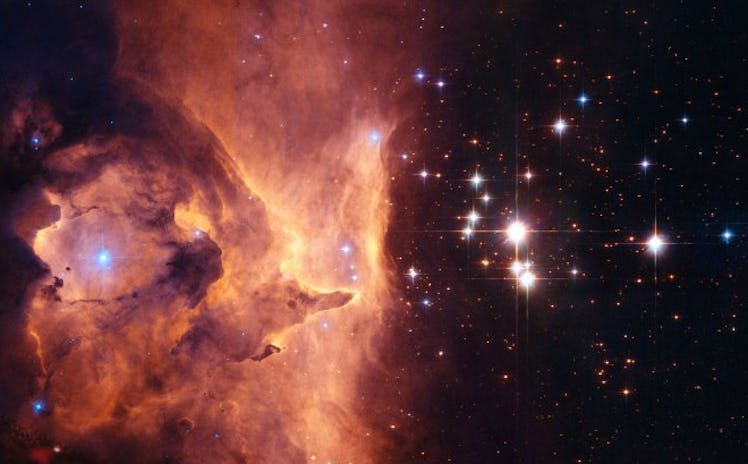Listen To NASA Transformation Of Pismis-24 Starscape Into Beautiful, Calming Music
NASA scientists transformed star landscape data into calming music, and it’s worth a listen.

There have been incredible advances in space science over the past few years. With the launch of the James Webb Space Telescope (JWST) and the long reigning GOAT Hubble Telescope, we’re seeing things we never thought possible. And now we’re hearing things, too. NASA scientists just transformed star landscape data into calming music, and it’s worth a listen.
Called data sonification, turning stars into music uses the same data collected from the satellites that scientists then put into photos. “Elements of the image, like brightness and position, are assigned pitches and volumes,” NASA explains.
Since sound can’t travel in space, there’s no way of knowing the actual sound stars make, but this is a unique way of experiencing and exploring the data. And the latest star to get the song treatment is Pismis 24, a cluster about 8,000 light-years away within the nebula NGC 6357.
In the image of Pismis 24, we see bright reds, oranges, and yellows that look like floaty clouds with swirls of darker colors. In the sonification, you can follow from the top of the image to the bottom, hearing all the sounds of these areas.
The music follows a pattern: The brighter the star, the louder and higher the pitch. Each of the gorgeous colors is placed along the frequency range, creating a unique and beautiful sound that’s so calming that it would make for a great lullaby. Courtesy of the Hubble telescope, the data is played using a classical guitar.
This isn’t the first time satellite data has been turned into music. NASA previously used sonification with JWST data from the image “Cosmic Cliffs in the Carina Nebula,” roughly 7,600 light-years away, to create a song. The music made from that data was just as stunning.
This article was originally published on